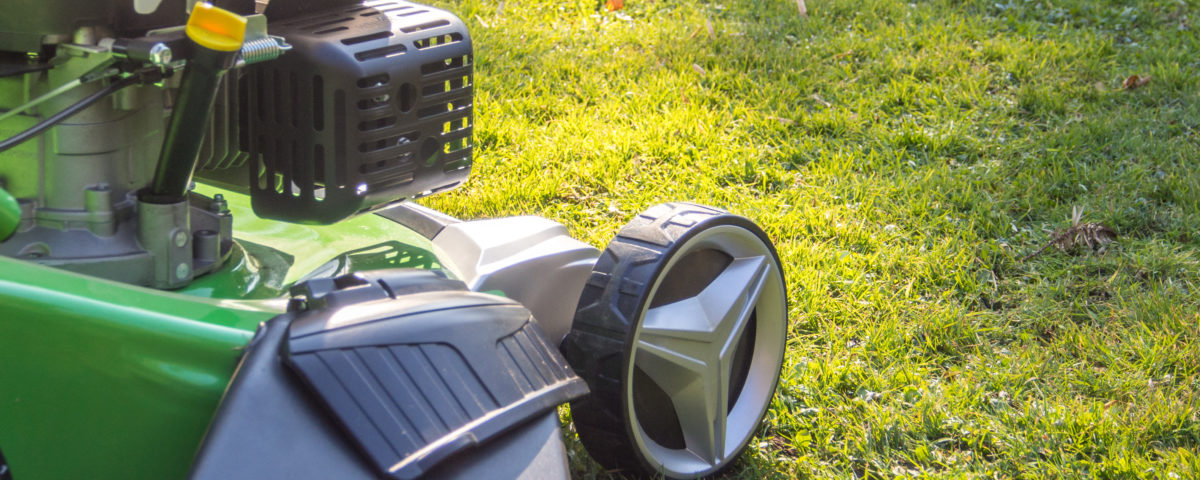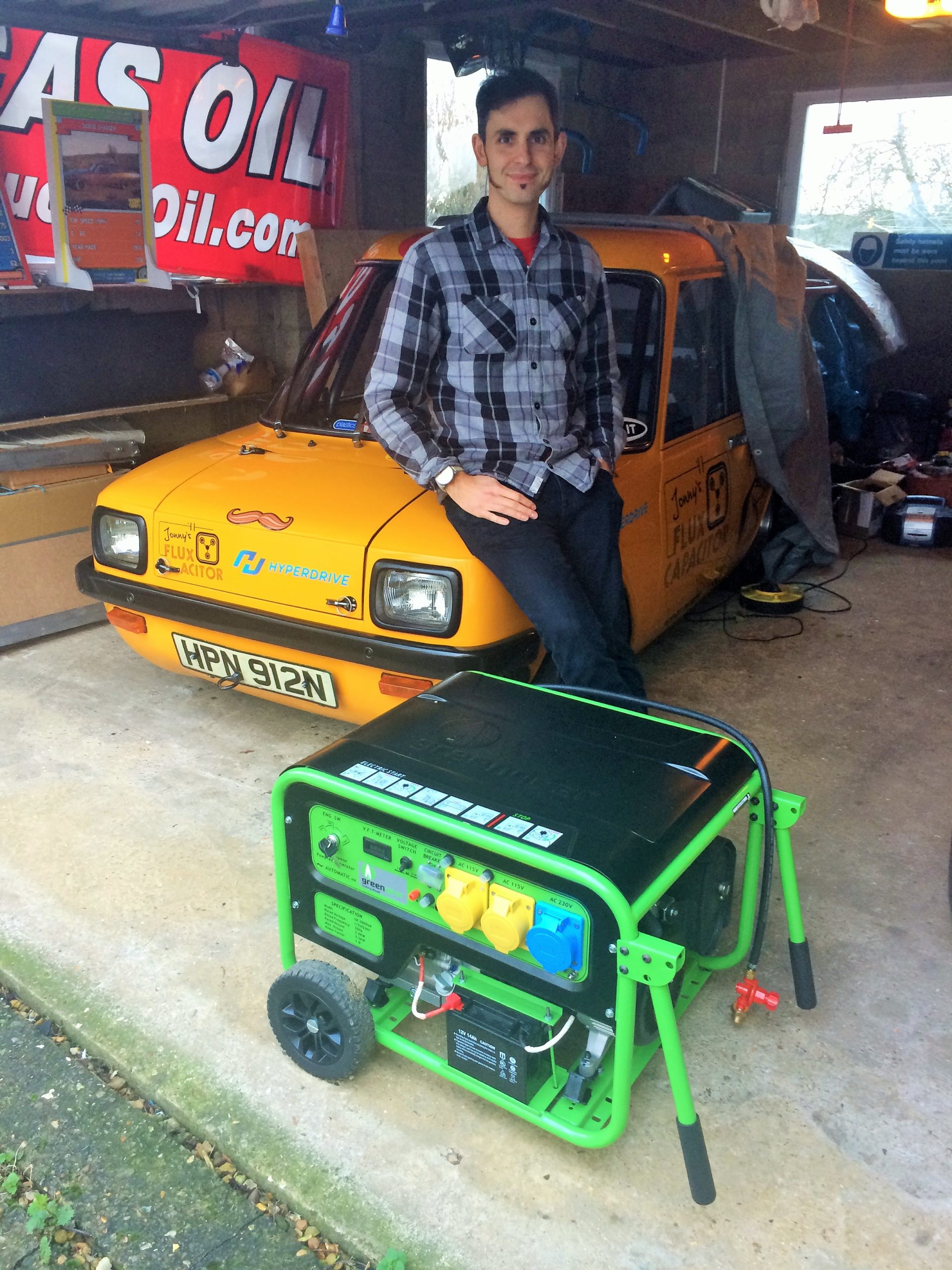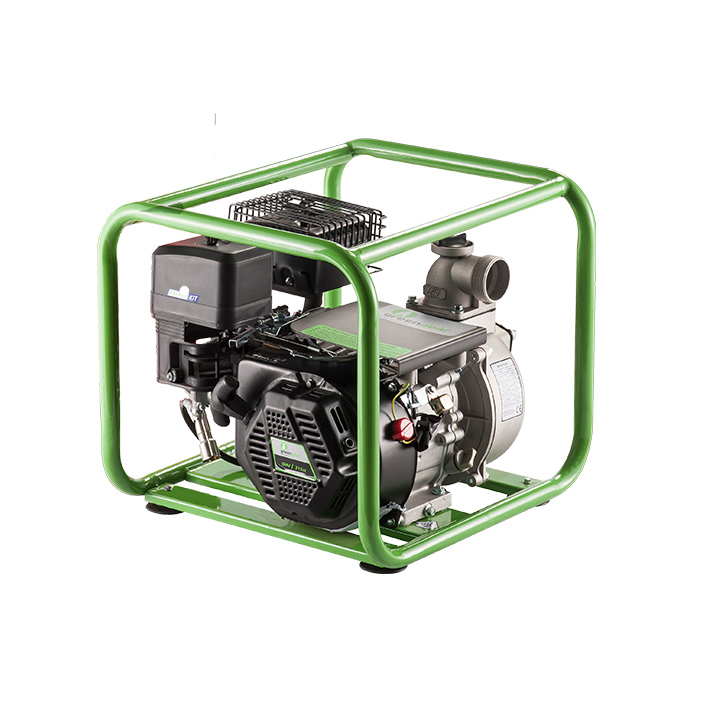
Fishing for solutions with LPG!
March 30, 2016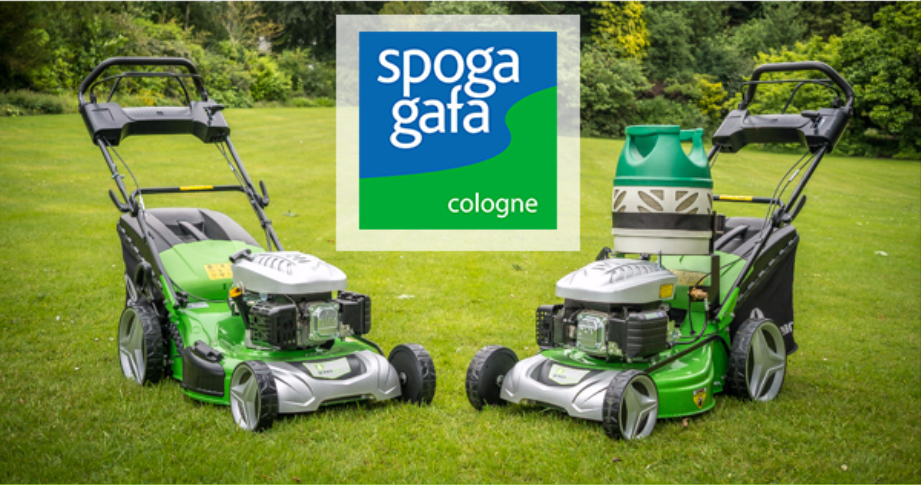
Greengear is exhibiting at Spoga + gafa 2016!
August 5, 2016What do I need to know about choosing a LPG/propane lawnmower?
Okay so mowing your lawn is simple right? But there are many choices you should consider before choosing the correct mower for you. 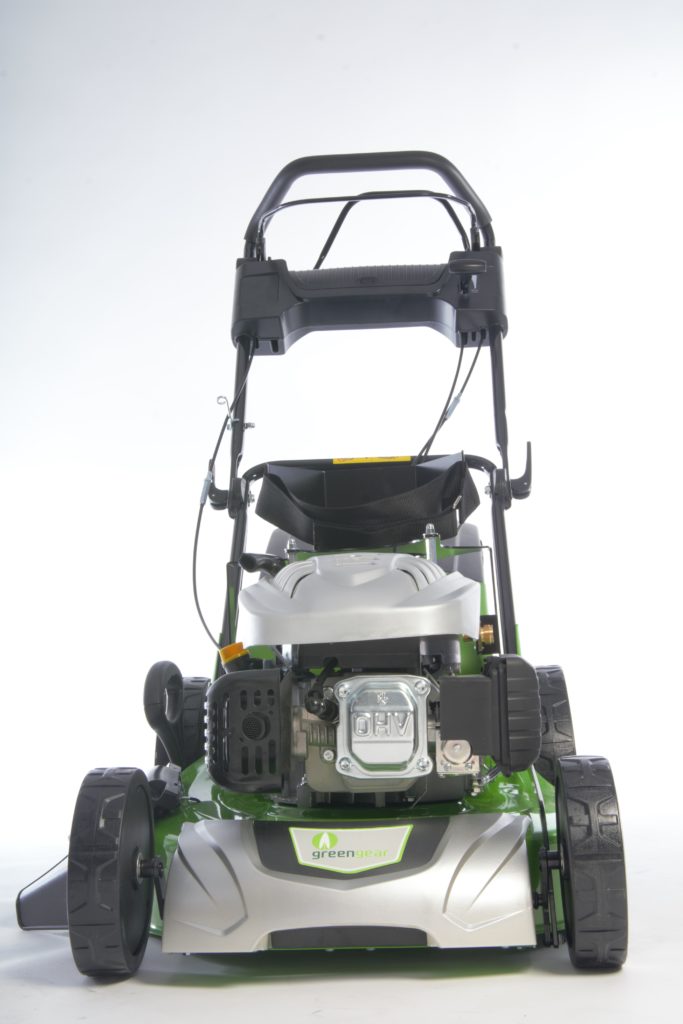 The soundtrack to most weekends in Summer is the sound of a lawnmower, get on board with the neighbours and keep your lawn trim and tidy.
The soundtrack to most weekends in Summer is the sound of a lawnmower, get on board with the neighbours and keep your lawn trim and tidy.
Worried about extension cords? Don’t like to refuel? How about the pain of your mower not starting next season?
Well we have the solution. Now you can add LPG/Propane mowers into the mix of choosing between gasoline and electric.
Consider these important factors before you invest in a new mower:
1. Lawn size. Mowers with standard-size 18- and 22-inch cutting decks can tackle yards up to one-half acre A large 20 inch Greengear mower with a 1lb cartridge can last almost one hour cutting thick grass and an even longer run time if using a cylinder.
Battery-powered mowers top out at about one-third acre before needing a recharge. Areas larger than one-half acre are best handled by ride on mowers.
2. Upkeep. A petrol-powered mower also needs its oil, spark plug, and air filter changed annually, and its fuel drained or stabilized with an additive at the end of the mowing season. The rechargeable battery in battery-powered and robotic mowers lasts about two years; a replacement is costly. With LPG/Propane mowers, the maintenance is much less and therefore saving in time and cost!
Greengear has a range of LPG/Propane powered lawnmowers with different specifications that can run on either a cartridge or a cylinder.
Meet our 5 Greengear Mowers:
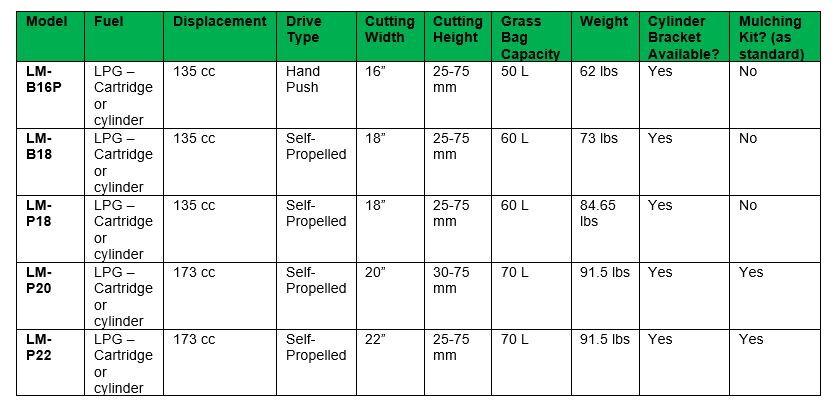
Some more items to consider:
How long do mowers last for?
Most mowers will run 10 years or more with regular maintenance. With an LPG/Propane mower, the engine requires less maintenance due to the clean burning nature of LPG/Propane compared to petrol or diesel so in essence, will last longer than the petrol equivalent.
Push it or let it propel itself?
The self-propelled option makes mowing about 20 percent easier. If you want to use a bigger LPG/Propane cylinder rather than an LPG/Propane cartridge, then Self-propelled is a preferred option for Greengear mowers.
Handle: Folding ones like this take up less space in the garage.
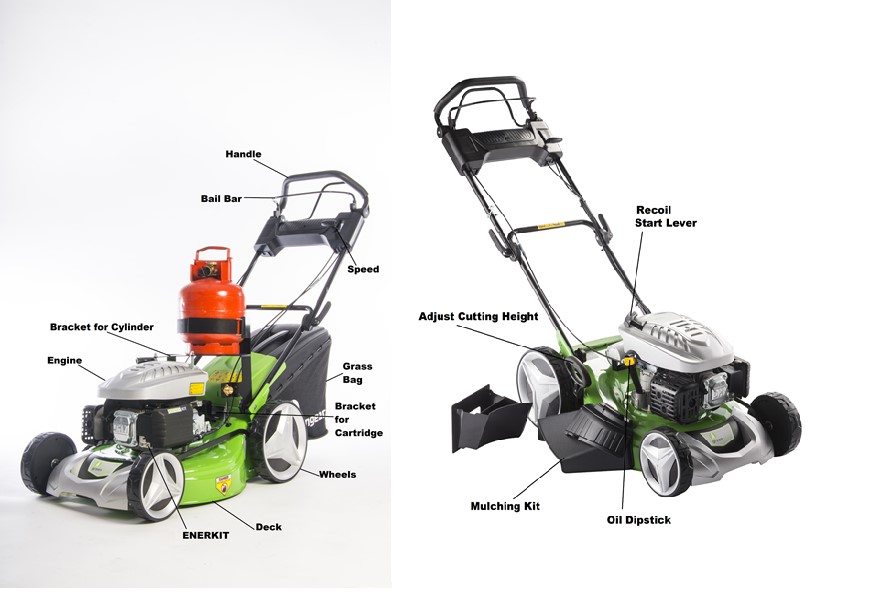
Starter: A pull cord (shown) is most common, but push-button and turn-key electric starters are gaining popularity.
Power: It’s measured by foot-pounds of torque or cubic centimetres (cc) of cylinder size, depending on the maker. The higher the number, the better. Torque ranges from 5 to 7½ foot-pounds, cylinder cc from 125 to 190.
Engine: An overhead-valve engine (shown) is more fuel efficient and powerful than an L-head one. An autochoke starting mechanism opens and closes the choke for you.
ENERKIT: All Greengear lawnmowers are equipped with: a dedicated LPG/Propane system that includes an automatic safety shut-off device.
Deck: Unlike a flat deck, a domed “donut-shaped” one (shown) provides room above the blade to chop clippings into fine bits for mulching.
Side Discharge: If bagging is too much work and the grass is too tall to mulch, open the chute’s cover and deposit clippings to one side. 2 of the Greengear LPG/Propane mowers come with mulching kit as standard.
Wheels: Most manoeuvring is done by pushing down on the handle and turning the mower on its rear wheels. Greengear mowers include never flat tyres.
Bag: Best when cutting seedlings or after a rainy spell, when clippings are too long for a mulching blade to properly dice them into small bits.
Bail Bar: Squeeze this and pull the starter cord to turn the engine on; let go to stop. This safety feature is standard on all rotary mowers. Enerkit contributes to the safety aspect of when there is no gas flow to the engine they mower will automatically shut off.
Height Adjustment: A single lever alters the blades’ cutting height—you don’t have to raise or lower each wheel individually.
Blade: The winged edges on a mulching blade lift cut grass up inside the deck, where it’s diced again before tiny, imperceptible bits are blown back onto the lawn.
The Pro’s and Con’s!
Petrol/Electric:
Pros:
• Has optimum power, features, and options; no limit on running time as long as the tank has fuel.
• Compared with engines made in the ’90s, today’s petrol mowers run 10 to 15 percent longer on the same amount of fuel.
• The current crop of battery-powered mowers runs 30 percent longer per charge than models from the ’70s.
• Newer petrol engines release 70 percent fewer emissions than their counterparts of just 15 years ago.
Cons:
• Petrol engines are noisier than other types; heavy; needs the most upkeep; difficult to start if not maintained; storage-space hog.
• Hard to start: A petrol mower that takes too many pulls to start or that stops running shortly after starting may need fresh petrol, a tune-up, or a thorough carburettor cleaning. If none of those fixes the problem, your mower is a prime candidate for replacement.
• Battery mowers require 12- to 24-hour charge times; cuts for only 45 minutes on one charge.
LPG/Propane:
With LPG/Propane lawn mowers, even if they have been sat in the garage since last season, the clean burning engine and fuel will guarantee easy starting. LPG/Propane models can have a longer run time than petrol equivalent and also does not have the hassle of recharging. LPG/Propane emits 96 percent fewer carcinogens and up to 50 percent fewer hydrocarbons than petrol, and there’s no need to drain or stabilize the fuel at the end of the season. Greengear mowers also provide the equivalent in power as the petrol equivalent. No brainer right?!
Allows you to concentrate on the ‘mow’ important things in life!…
Contact us today for more information about our models and how LPG / propane can really make a difference in your garden.



